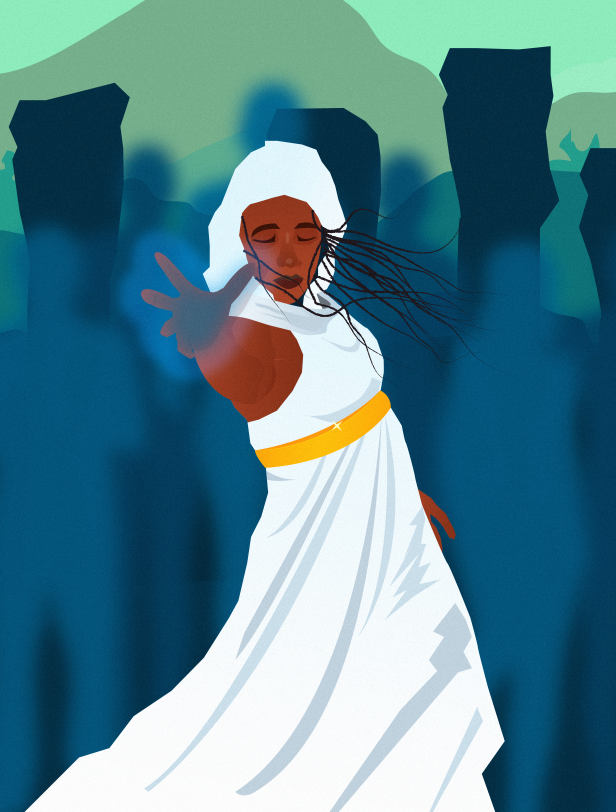Origin of Big Hit Points, Big Healing?
Origin of Big Hit Points, Big Healing?
In the discussion on Rob Alexander’s post “What I like about Dungeon World, and what I do not”, Jeremy Strandberg brought up a point about DW:
> 1) PCs tend to have a lot of HP
> 2) It’s mechanically easy to restore them
As far as I can tell, this stands in stark contrast to the earliest version of the game, in which you determined your hit points by rolling a die. New characters could have a range of hit points from 4–13, based on their class, with most classes getting a lot less than the maximum. Healing seems to have been granted only by magic or (one supposes) appropriate fiction.
Even the “Dungeon World Hack” PDF that came out a few years later seems to have kept Hit Points much lower than the current game, using “base HP +CON” instead of “base HP +Constitution”, but leveling up could rapidly improve your situation.
The current rules keep HP static except for increases in Constitution or advanced moves, but you generally start with a lot more HP than the earlier drafts.
I’m curious if anyone here was involved in the early playtests or discussions about the early rules. Does anyone know what precipitated such a drastic change?
I agree with Jeremy that inflated Hit Points does foster a disassociation between numeric damage and the fiction. At my table, we mitigate this by tying most hits to other consequences in the fiction. Last week, our ranger was hit by a pistolshot in the hip, so it took her a while to get up and go again. (It might have been a good time to use the “Stun Damage” rule, but we didn’t think of it—the action was fast and furious enough that she was just left out for a few minutes while stuff happened around her.)
But we don’t always remember to do this. Since the Ranger took two pistolshots, she was more beat up in the fiction than the other PCs, but two others came within a few Hit Points of Last Breath, and we didn’t narrate how their injuries were hobbling them. The players still felt the screws tightening, because their Hit Points were low AND they were hemmed in by other circumstances.
I’m planning to adopt Jeremy’s suggestion to use Deal Damage only in concert with other moves. That’s usually what I do anyway, but not always.

